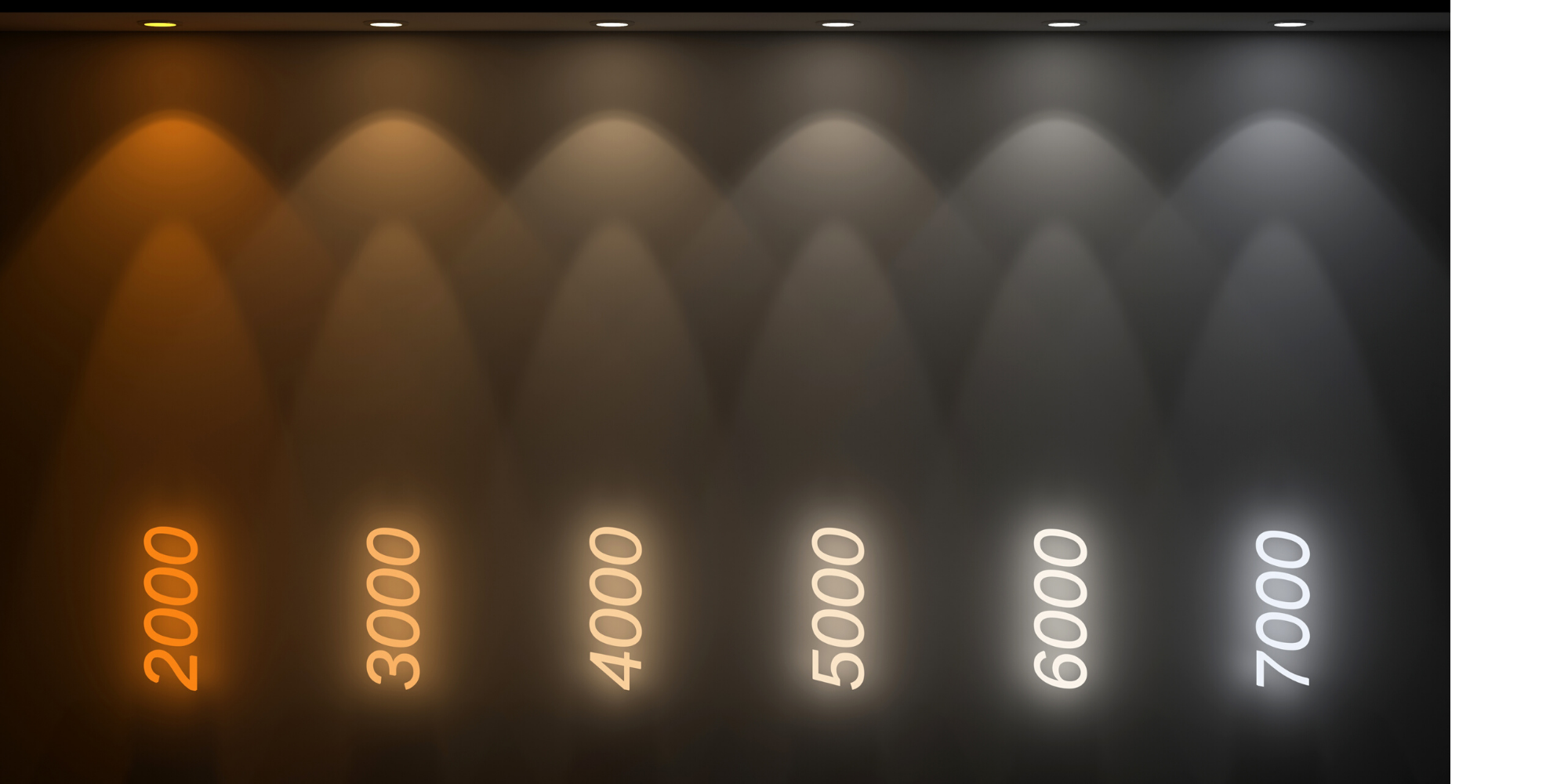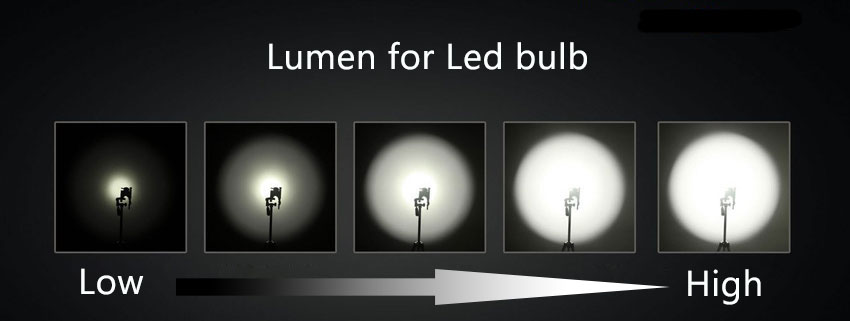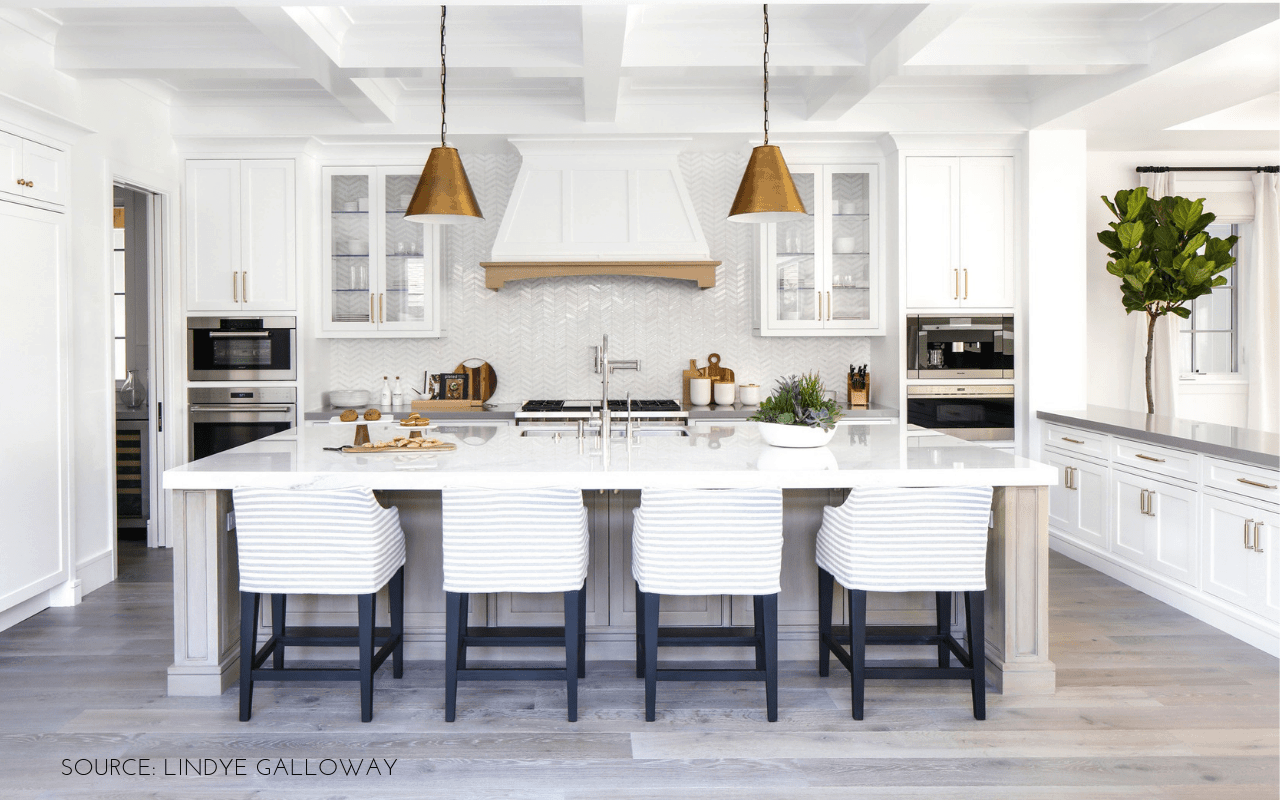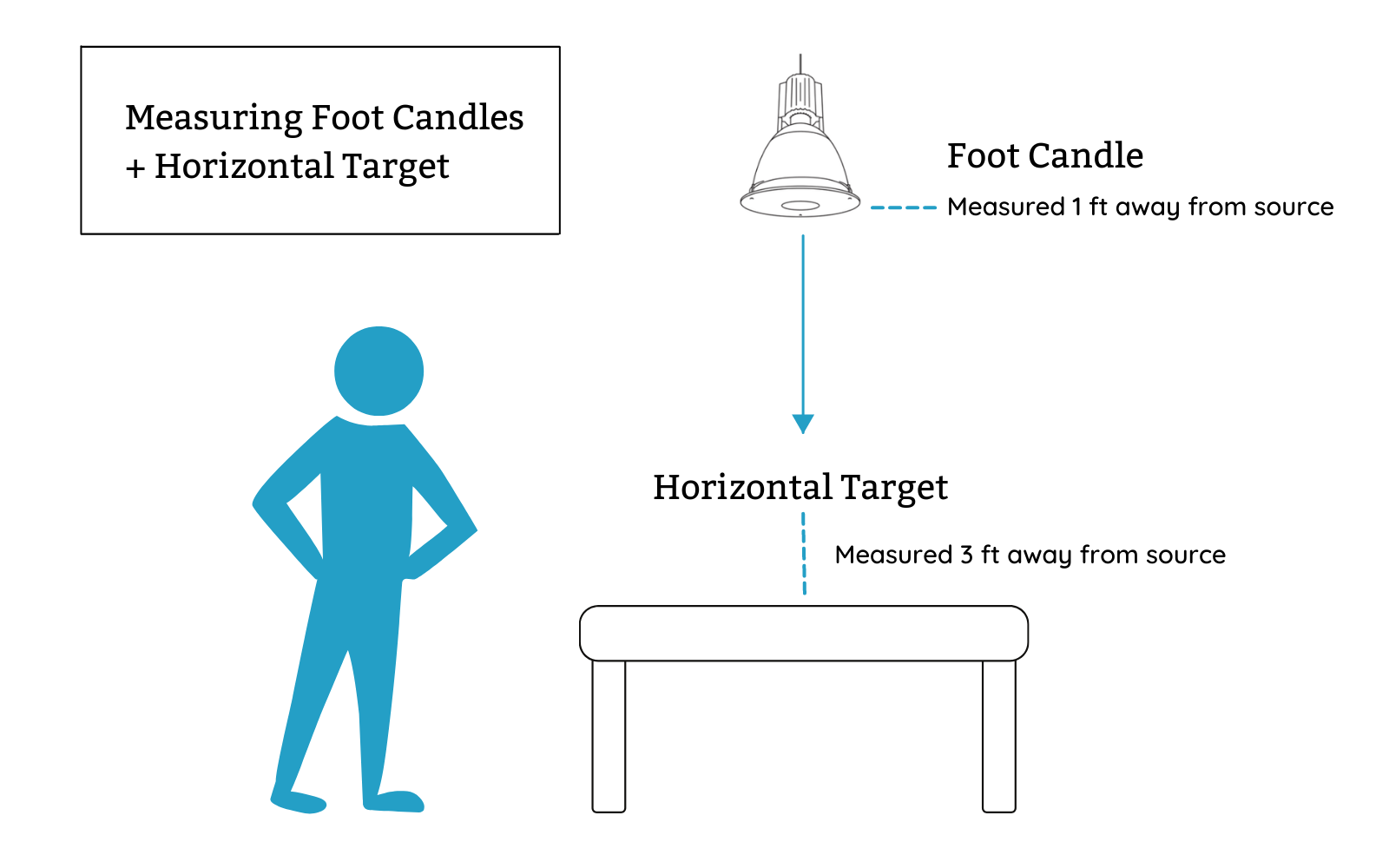If you're looking to upgrade your kitchen lighting, you've probably come across the term "lumen." But what exactly is a lumen and why is it important for your kitchen? Simply put, a lumen is a unit of measurement for the amount of light emitted by a bulb or fixture. In other words, it measures the brightness of a light source. The higher the lumen number, the brighter the light will be. This is an important factor to consider when choosing can lights for your kitchen.What is a Lumen?
The number of lumens you need for your kitchen will depend on the size of the space and your personal preference. As a general rule of thumb, a kitchen will typically require 50-100 lumens per square foot. This means that a 100 square foot kitchen would need 5,000-10,000 lumens to adequately light the space. However, if you prefer a brighter or dimmer kitchen, you may need to adjust this number accordingly.How Many Lumens Do I Need for My Kitchen?
Many people confuse lumens with watts, but they are actually two different measurements. Watts refer to the amount of energy a light source consumes, while lumens measure the amount of light it produces. In the past, people used watts to determine the brightness of a bulb, but with the rise of energy-efficient LED lighting, lumens have become a more accurate measurement.What is the Difference Between Lumens and Watts?
When it comes to choosing the right can lights for your kitchen, there are a few key factors to consider. First, you'll want to determine the size and layout of your kitchen to determine how many lights you'll need. Next, consider the color temperature of the lights. A warm white color (around 2700K) is best for creating a cozy, inviting atmosphere in the kitchen. Lastly, look for energy-efficient options with high lumens to ensure your kitchen is well-lit without consuming too much energy.How Do I Choose the Right Can Lights for My Kitchen?
As mentioned earlier, a warm white color temperature (around 2700K) is best for creating a cozy, inviting atmosphere in the kitchen. This color temperature is similar to the warm glow of traditional incandescent bulbs and can help make your kitchen feel more inviting and homey. However, if you prefer a cooler, more modern look, you can also opt for a neutral white color (around 3500K) or a daylight color (around 5000K).What is the Best Color Temperature for Kitchen Can Lights?
The number of can lights you need for your kitchen will depend on the size and layout of the space. As a general rule of thumb, you should have one can light for every 4-6 square feet of ceiling space. However, this may vary depending on the brightness of the lights and your personal preference. It's always a good idea to consult with a lighting professional to determine the best number of can lights for your specific kitchen.How Many Can Lights Do I Need for My Kitchen?
You may have heard the terms "can lights" and "recessed lights" used interchangeably, but they actually refer to two different types of lighting fixtures. Can lights, also known as downlights, are installed directly into the ceiling and have a trim that is visible. Recessed lights, on the other hand, are installed into a recessed housing in the ceiling and have a trim that is flush with the ceiling. Both can lights and recessed lights can be used in the kitchen, but can lights are often preferred for their sleek, modern look.What is the Difference Between Can Lights and Recessed Lights?
To calculate the number of lumens you need for your kitchen, you'll need to determine the square footage of the space and multiply it by the recommended lumens per square foot (usually 50-100). For example, if your kitchen is 200 square feet and you want 75 lumens per square foot, you would need 15,000 lumens (200 x 75). It's always a good idea to consult with a lighting professional to ensure you're getting the right amount of lumens for your specific kitchen.How Do I Calculate Lumens for My Kitchen?
Placement is key when it comes to can lights in the kitchen. They should be evenly spaced and strategically placed to provide adequate lighting for all areas of the kitchen. In general, can lights should be placed 4-6 feet apart and 12-18 inches from the wall. However, the exact placement will depend on the size and layout of your kitchen. It's best to consult with a lighting professional for the most accurate placement.What is the Best Placement for Can Lights in a Kitchen?
Installing can lights in your kitchen is a relatively straightforward process, but it's always best to hire a professional for the job. They will be able to ensure the lights are installed safely and correctly, and can also provide guidance on placement and wiring. If you're determined to install them yourself, be sure to carefully follow all instructions and safety precautions.How Do I Install Can Lights in My Kitchen?
The Importance of Lumens in Kitchen Lighting

Why Lumens Matter
 When designing a kitchen, lighting is often overlooked or considered as an afterthought. However, proper lighting is crucial in creating a functional and inviting space. One of the key factors to consider when choosing kitchen lighting is the
lumens
, which is a unit of measurement for the brightness of a light source. Understanding lumens and their impact on your kitchen can make a significant difference in the overall design of your space.
When designing a kitchen, lighting is often overlooked or considered as an afterthought. However, proper lighting is crucial in creating a functional and inviting space. One of the key factors to consider when choosing kitchen lighting is the
lumens
, which is a unit of measurement for the brightness of a light source. Understanding lumens and their impact on your kitchen can make a significant difference in the overall design of your space.
The Difference in Lumens
 When it comes to kitchen lighting, lumens can make a significant difference in the overall look and feel of the room. The amount of lumens needed for a kitchen will depend on the size of the space, the layout, and the intended use of the room. For example, a larger kitchen with high ceilings will require more lumens to adequately light the space compared to a smaller kitchen with lower ceilings. Additionally, the type of lighting used will also affect the number of lumens needed.
LED lights
, for instance, require fewer lumens compared to traditional incandescent bulbs to produce the same amount of light.
When it comes to kitchen lighting, lumens can make a significant difference in the overall look and feel of the room. The amount of lumens needed for a kitchen will depend on the size of the space, the layout, and the intended use of the room. For example, a larger kitchen with high ceilings will require more lumens to adequately light the space compared to a smaller kitchen with lower ceilings. Additionally, the type of lighting used will also affect the number of lumens needed.
LED lights
, for instance, require fewer lumens compared to traditional incandescent bulbs to produce the same amount of light.
Lighting for Different Areas of the Kitchen
 The type and placement of lighting in your kitchen will also play a role in the number of lumens needed. For ambient lighting, which provides overall illumination, it is recommended to have 20-30 lumens per square foot of space. Task lighting, which is used for specific activities such as cooking or reading, requires a higher lumen count of 50-75 lumens per square foot. Accent lighting, used to highlight specific features or areas, will need even more lumens, typically 200-400 per square foot.
The type and placement of lighting in your kitchen will also play a role in the number of lumens needed. For ambient lighting, which provides overall illumination, it is recommended to have 20-30 lumens per square foot of space. Task lighting, which is used for specific activities such as cooking or reading, requires a higher lumen count of 50-75 lumens per square foot. Accent lighting, used to highlight specific features or areas, will need even more lumens, typically 200-400 per square foot.
Creating a Well-Lit Kitchen
 In addition to the number of lumens, it's essential to consider the color temperature of the lights used in your kitchen.
Warmer color temperatures
are typically used in living spaces to create a cozy atmosphere, while cooler color temperatures are more suitable for task-oriented areas like the kitchen. When it comes to kitchen lighting, a combination of different types of lighting, such as overhead, under cabinet, and pendant lights, can create a balanced and well-lit space.
In conclusion, the difference in lumens can have a significant impact on the overall lighting of a kitchen. By understanding the importance of lumens and considering factors such as size, layout, and type of lighting, you can create a functional and inviting kitchen that meets your specific needs. So when designing your dream kitchen, don't overlook the importance of lumens in creating the perfect lighting for your space.
In addition to the number of lumens, it's essential to consider the color temperature of the lights used in your kitchen.
Warmer color temperatures
are typically used in living spaces to create a cozy atmosphere, while cooler color temperatures are more suitable for task-oriented areas like the kitchen. When it comes to kitchen lighting, a combination of different types of lighting, such as overhead, under cabinet, and pendant lights, can create a balanced and well-lit space.
In conclusion, the difference in lumens can have a significant impact on the overall lighting of a kitchen. By understanding the importance of lumens and considering factors such as size, layout, and type of lighting, you can create a functional and inviting kitchen that meets your specific needs. So when designing your dream kitchen, don't overlook the importance of lumens in creating the perfect lighting for your space.



/GettyImages-590279623-56b6225d5f9b5829f830c85e.jpg)

































































:max_bytes(150000):strip_icc()/before-you-buy-recessed-lights-2175005-FINAL-5baa48ab4cedfd0025afb691-e73b595d91244a7b9684aba3ee450700.png)











































